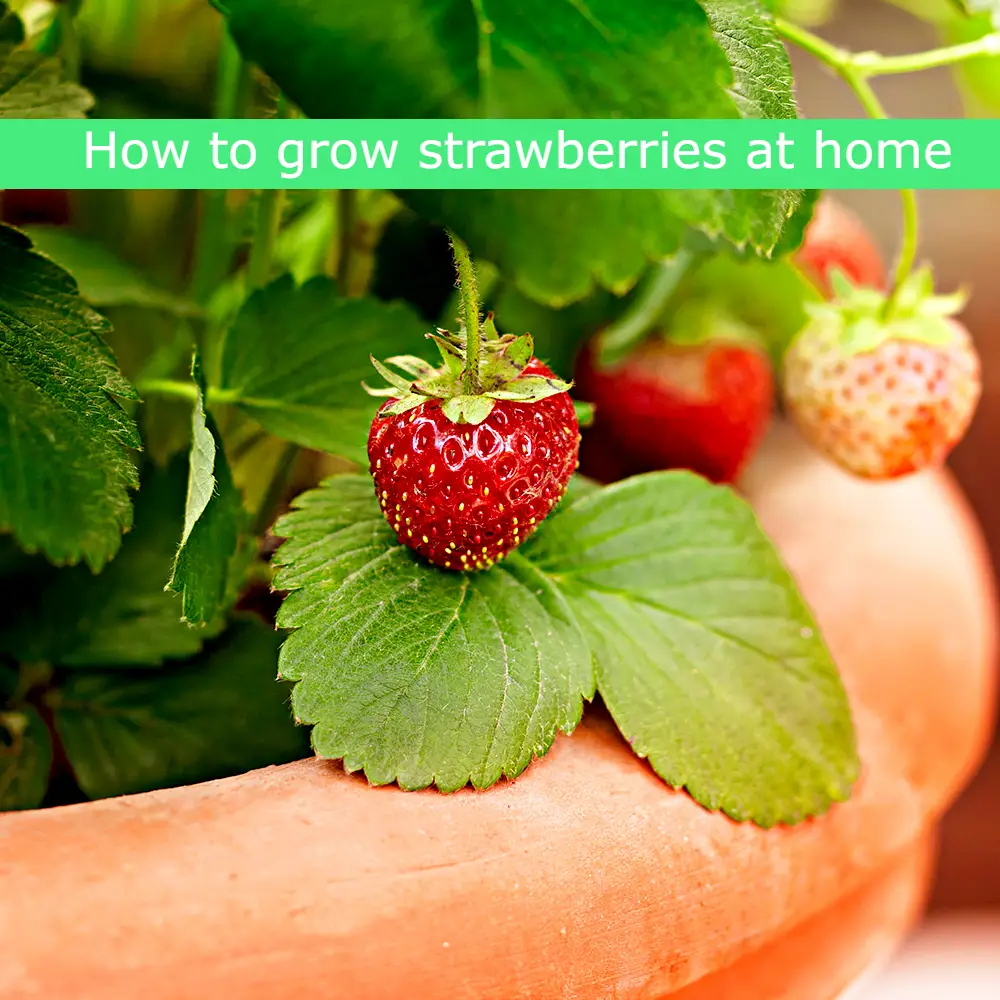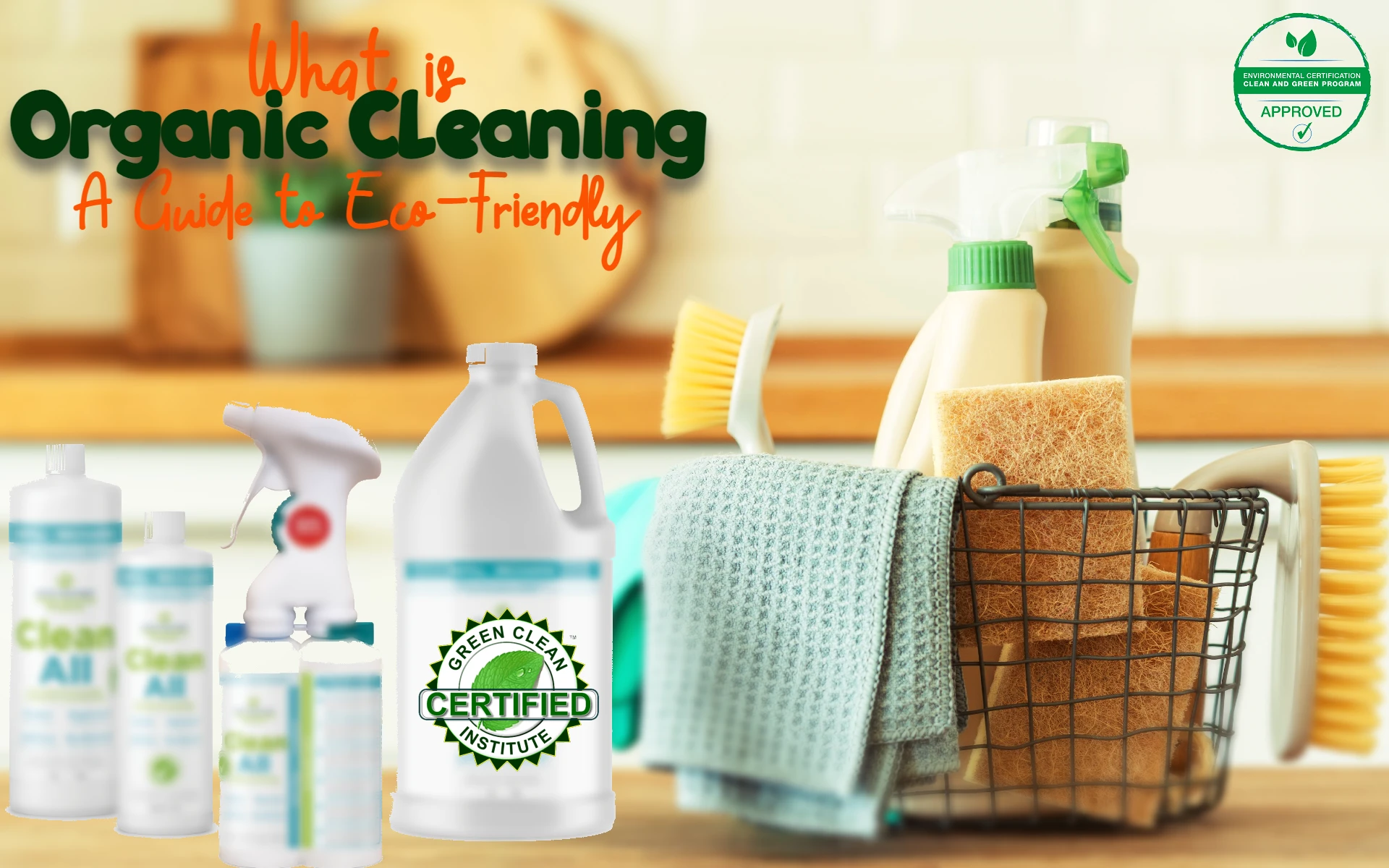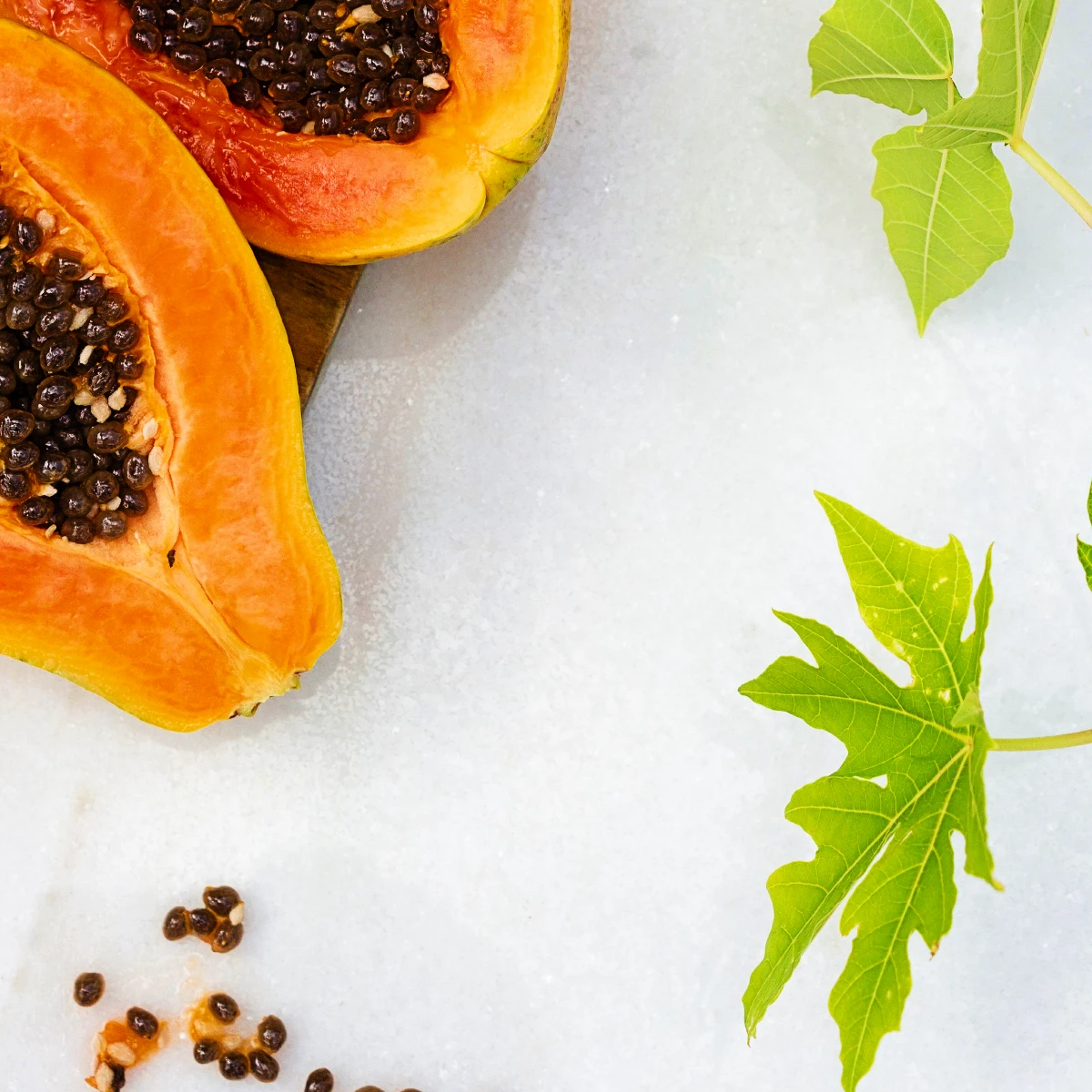How to grow strawberries at home

Strawberries can be grown throughout the year. Growing strawberries indoors requires a lot of sunlight. They need full sun, but not direct sunlight. A south-facing window works well. Also, strawberries need high humidity. Watering should be done twice a day, once in the morning and again in the evening. When you water, make sure the soil is damp but not soggy.
7 Tips to grow strawberries at home
1. Select the right types of strawberries
Choose everbearing strawberries if you want a longer growing season. The everbearing strawberries can be harvested throughout the growing season. Usually, you can harvest strawberries once in early summer, and again in early autumn. Though these berries are not of high quality as day-neutral strawberries, but they can be a good option if you want to harvest strawberries more than once.
2. Choose June-bearing strawberries if you want a summer crop
June-bearing strawberries can bear a lot of strawberries in a short time, so they should not be chosen for a long-term garden. June-bearing crops are ready to harvest in mid-June to early July, depending upon the planting time. They bear the most fruit, though if they do not bloom for a long time.
3. Go for day-neutral strawberries for a regular yield
Day-neutral strawberries are a good alternative for everbearing strawberries, as they also bear fruit throughout the growing season. Day-neutral strawberries can be usually harvested in June, the middle of July, and late August.
4. Choose alpine strawberries if you want smaller plants
Alpine strawberries can make the planting process a little easier, as their plants are naturally smaller than other strawberry varieties.
5. Choose a container
Go for a hanging woven basket with aerated polythene lining. Cover the inner perimeter of the basket with a polythene sheet. Then, make some holes at the bottom of the lining, in order to drain the strawberries properly.
You can buy such woven hanging baskets online or from a nursery. These woven baskets come with a string attached to hang them. Generally, a 14 inch (35 cm) basket can hold around 4 strawberry plants.
6. Fill the bottom half of the basket with potting mix and compost
- Now, place your lined basket in an open area and put the all-purpose potting mix into the bottom half of the basket, so your roots have some space to grow.
- You can also mix in some soil-based compost, which will provide nourishment to your strawberry plants.
- Add the potting mix and compost in 1:1 ratio.
- Add fertilizers and water-holding granules to the soil
- Take some slow-release feed granules and add them to the soil to provide extra nourishment to your strawberries.
7. How to sow strawberry plants?
- Immerse strawberry plants in water for 30 minutes. Fill a large tub with a few inches or centimetres of water. Then, absorb your strawberry plants roots in the water ahead of time, which will make them easier to plant.
- Wheedle the roots apart. Gently move the roots away from each other so that they are not stuck to the bottom of the soil. It will get easier for you to plant your strawberries in the basket if they are loose.
- Settle the strawberry plants near the edge of the basket. Create a gap between the strawberry plants and place them around the rim. Try to keep your plants 10 in (25 cm) apart.
- Plant the strawberries in a way that the tops of the root balls are 1 inch (2.5 cm) below the rim of the basket. It will give your strawberry plants enough room to breathe beneath the soil mixture.
Contents
- 7 Tips to grow strawberries at home
- 1. Select the right types of strawberries
- 2. Choose June-bearing strawberries if you want a summer crop
- 3. Go for day-neutral strawberries for a regular yield
- 4. Choose alpine strawberries if you want smaller plants
- 5. Choose a container
- 6. Fill the bottom half of the basket with potting mix and compost
- 7. How to sow strawberry plants?



